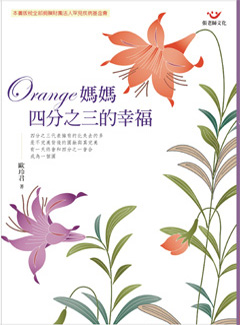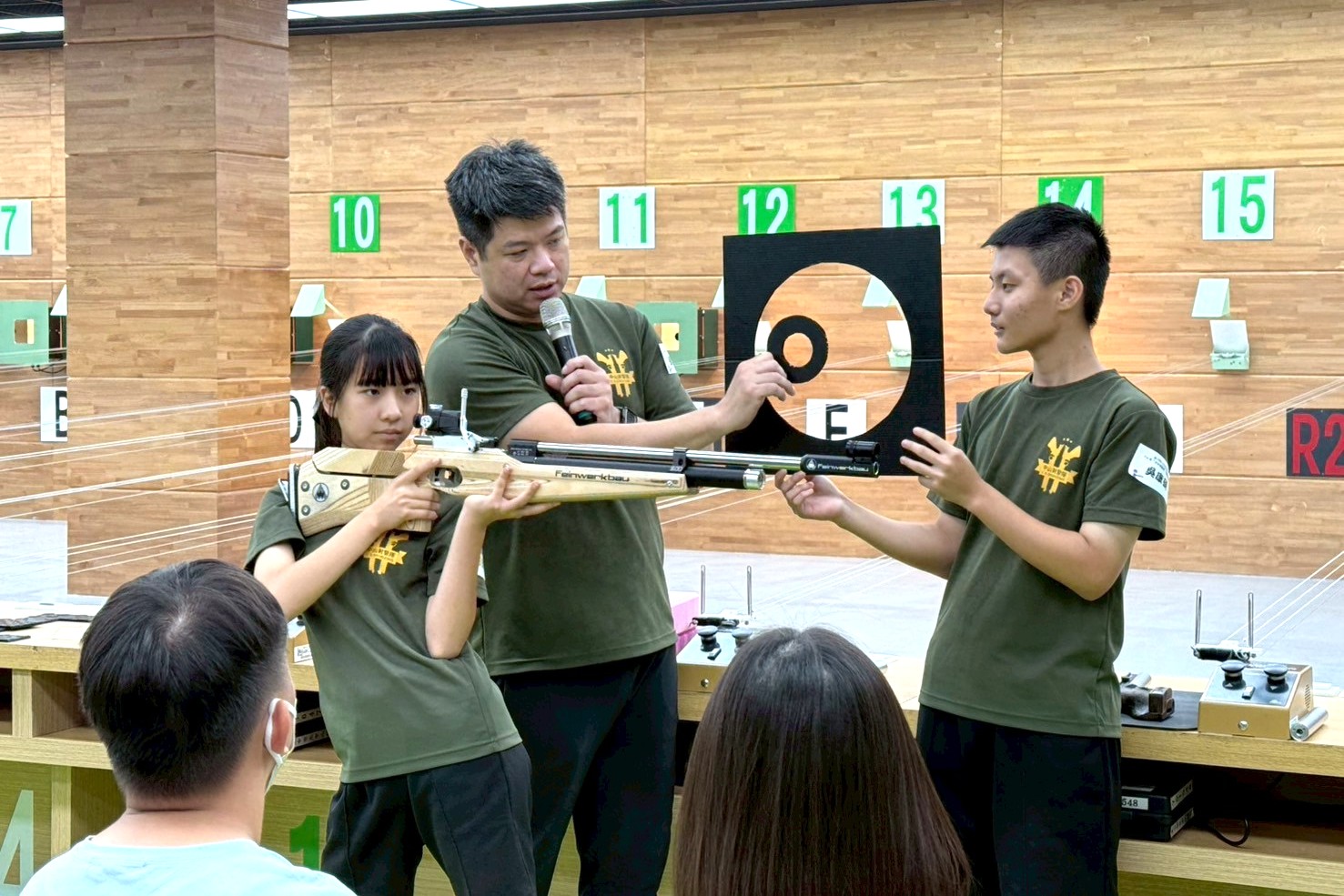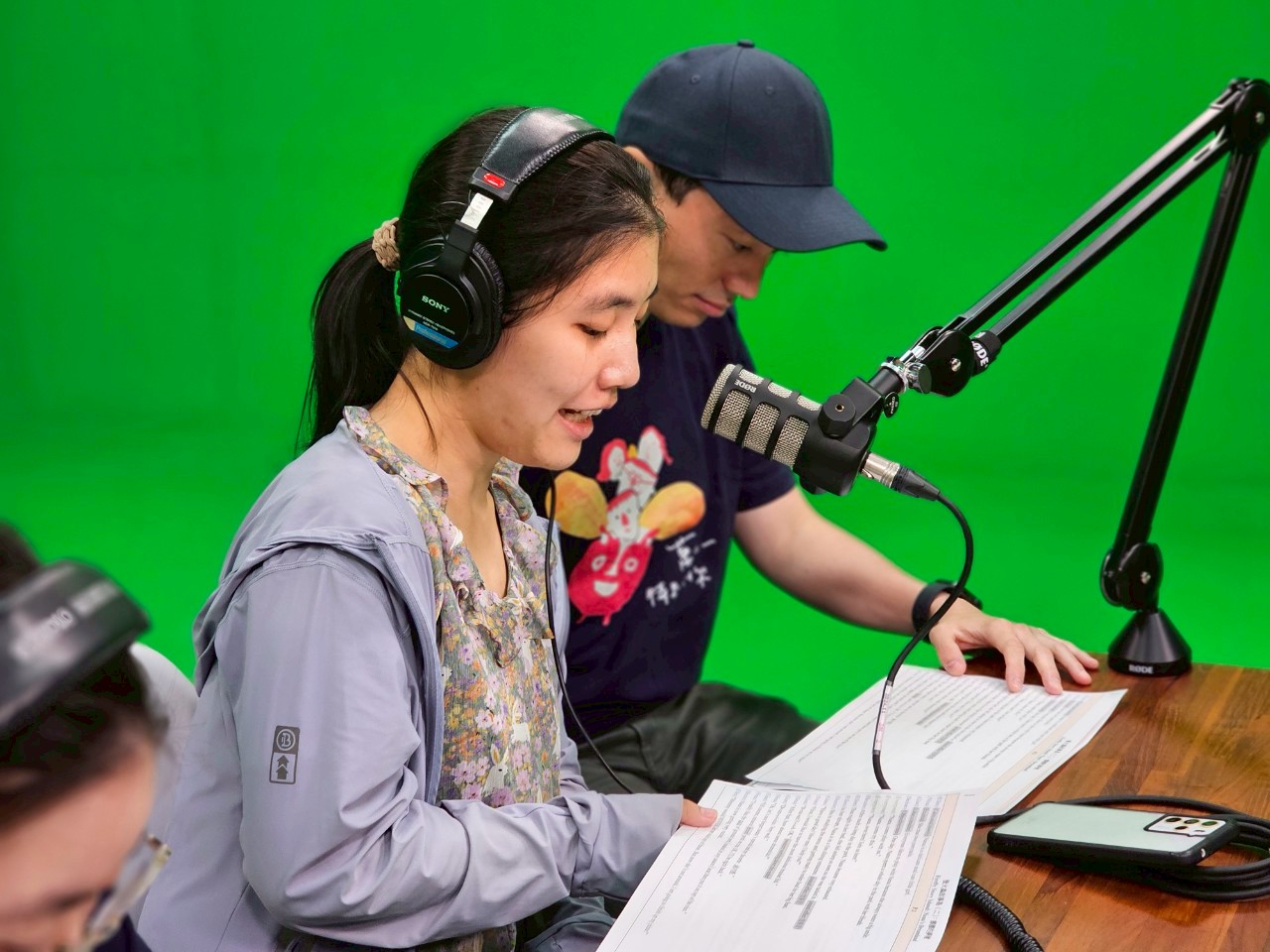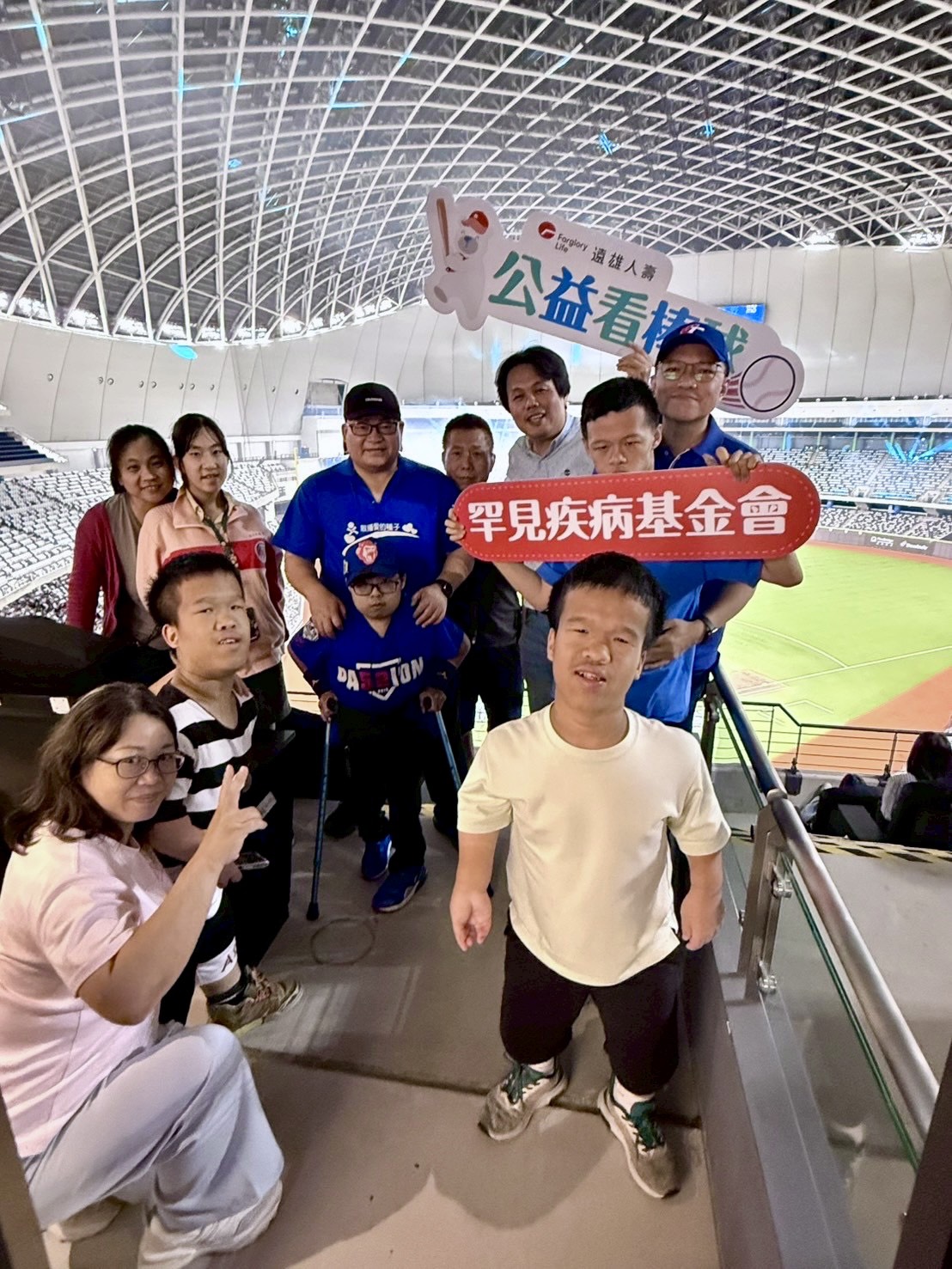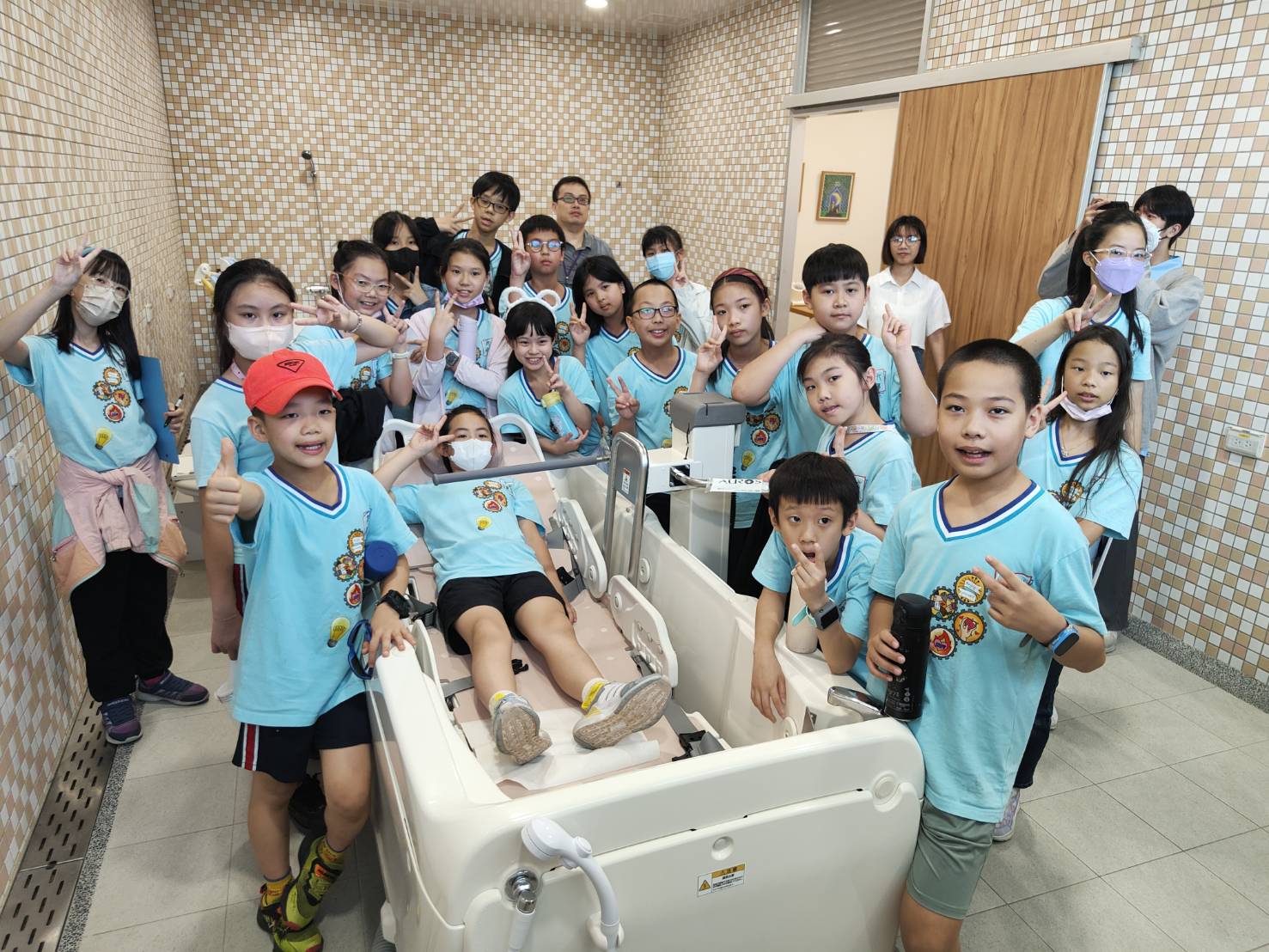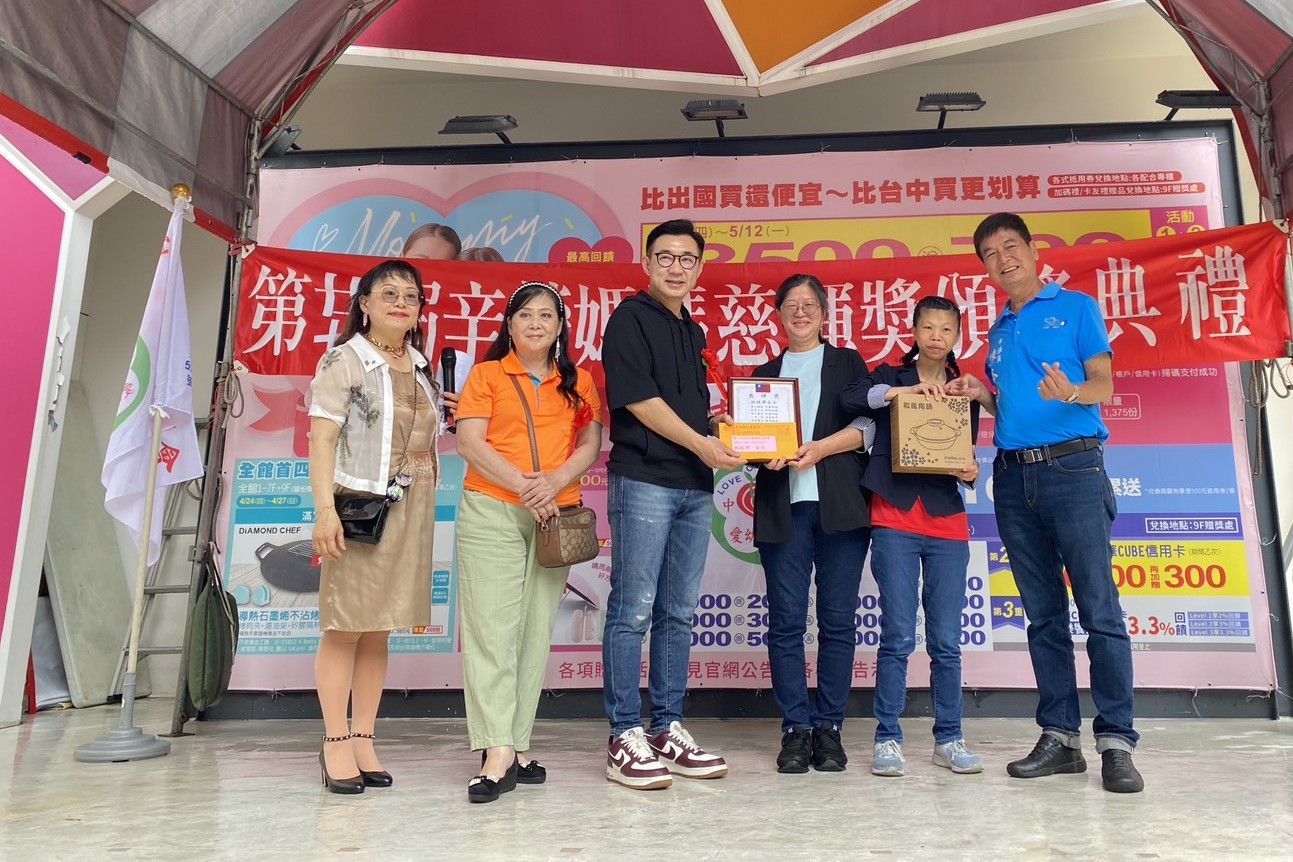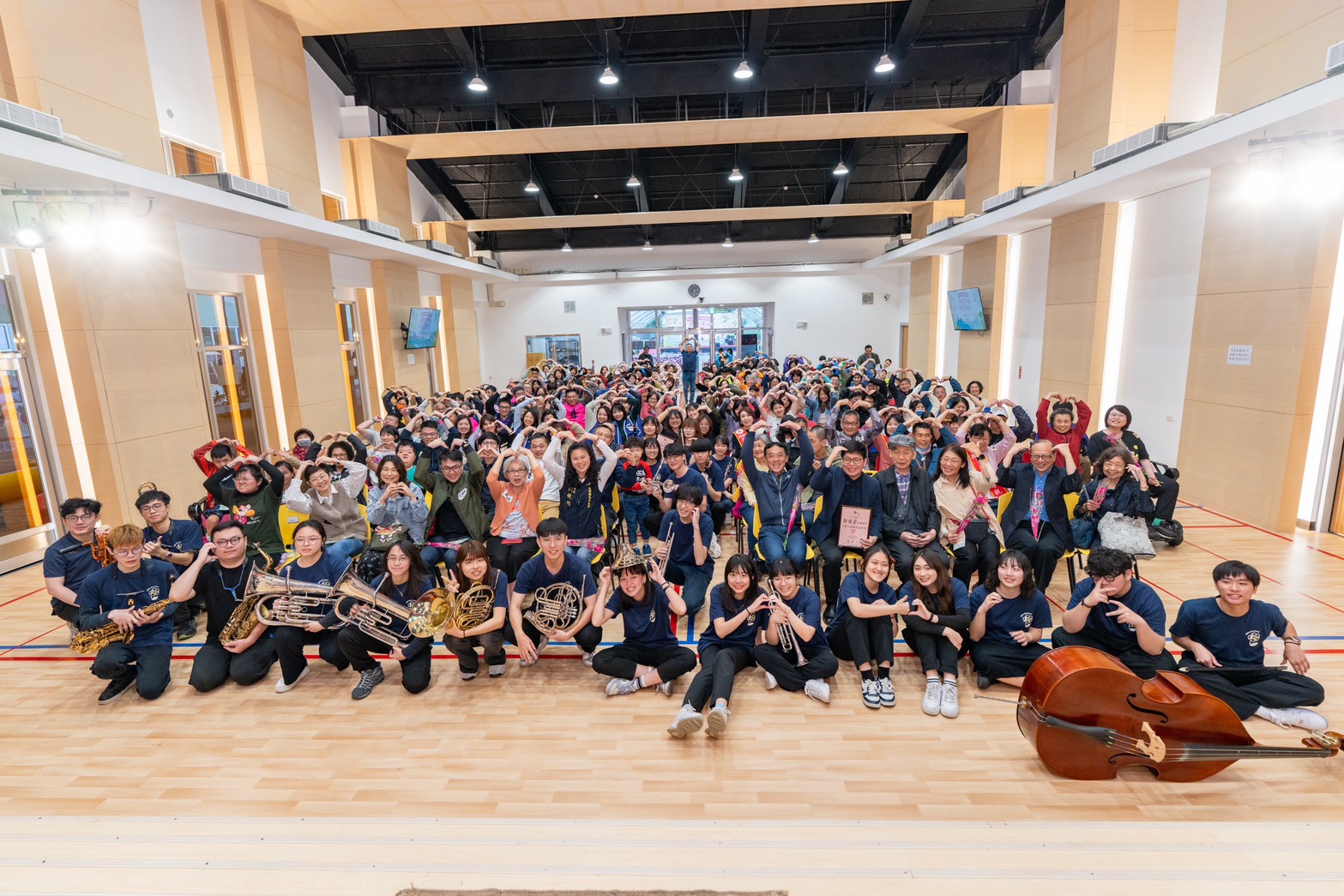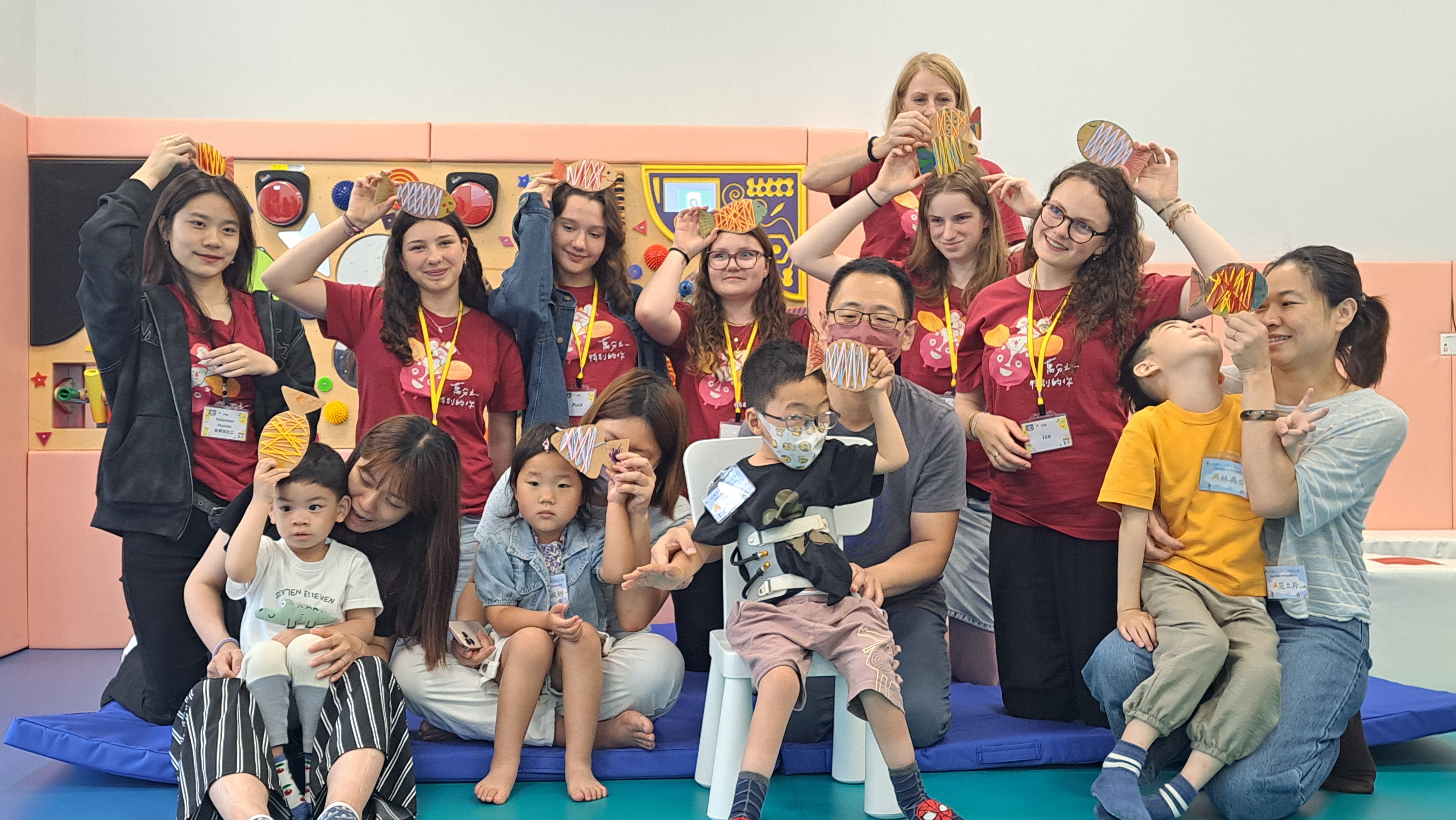News
Book Release: 3/4 of Happiness
What is happiness? How to define completeness? Can we evaluate its value by comparing numbers and figures? Is 3/4 definitely has less value than 1? Here’s a story of 3/4; a story about how a family of four reacted confronting the impact of rare disease and how happiness derived and shined from incompleteness. This is the story of Ms. Orange and her family.
Ms. Orange’s real name is Lin-Chun Ou. She was a happy woman living in Hawaii with her husband. When she gave birth to their first child, Lawrence, she felt she was the happiest woman in the world. However, Lawrence was diagnosed with MPS, a metabolic disorder that caused by the absence of a specific enzyme and would lead to progressive damage in the body, when he was one year old. This bad news struck the happy family and Ms. Orange cried over it all day long, even though she was expecting her second child then. One month later, her husband asked her “Who are you crying for? Lawrence or yourself?” It was then that she realized her sadness has dragged the family down and Lawrence took her tears as his fault. So she wiped her tears, pulled herself together, and started to find resources for Lawrence.
Facing the reality was just the beginning. The disease was incurable, and as the disease developed, partially mucopolysaccharides accumulated in the body’s cells caused progressive damage. The storage process gradually affected Lawrence’s appearance, development and the function of various organs of his body. Lawrence was shorter than his younger brother, Charlie, couldn’t join his classmates who played badminton during breaks between classes, and couldn’t raise his hands nor walk for a long time. He could only sit in the classroom and watch his peers playing and running at the playground. For Ms. Orange, she paid great attention to Lawrence and Charlie had to learn to be independent. She worried about deterioration of Lawrence’s body function and the threat of death was around.
However, these predicaments didn’t destroy them. Being sick, Lawrence and Orange remained optimistic. Since MPS was incurable, Lawrence wouldn’t need to take medication and avoided suffering from side effects. Since physical therapy wasn’t necessary, Lawrence wouldn’t have to suffer from the physical pain. Since dietary control is not needed, Lawrence could enjoy any food he likes, just like normal kids. She realized she and Lawrence would live better if she stopped being obsessed with certain negative notions. Once she gave up those unpleasant thoughts, possibilities and creative solutions appeared. Lawrence couldn’t raise his hands so that the school teacher always picked other students to answer questions. Lawrence was upset about it because he knew the answer too. Orange, instead of going directly to the teacher, she encouraged Lawrence and discussed with him about solutions. They came up with the idea of using the antenna on the radio and attached ribbons on it to make it easily seen. The length of antenna was adjustable and it was easy for Lawrence to use. After using the antenna, school teacher would pick Lawrence to answer for the class.
Lawrence was also a thoughtful and mature child. Sometimes when they went out, people would stare at Lawrence because of his appearance. Orange worried if other people’s perception of his appearance would affect Lawrence. She asked him if he cared about people staring at him. To her surprise, Lawrence answered, “I take them as people who care about me.” At that time, Lawrence was just a eight-year-old boy. In his painting, he said,” Although I can’t move freely, but my heart is free. My heart can fly high, higher than anyone.” “The meaning of my existence is to give others courage.” Lawrence’s words comforted Orange and helped her accept his leaving. Orange says,” I’d always thought I was the one who took care of him and I could be his protector and provided him a carefree life; but after he’s gone, his words made me feel he was my protector, my guide through the difficulties of life. Even though he’s no longer with me now, I can still feel the power he left me and gain from the lesson he taught me.”
This family, though seemly missing 1/4, has grown from its sorrow and become more closely related to each other. Charlie memorized Lawrence by creating a sketchbook of him. Orange continued to help more people by sharing the story of Lawrence, being a volunteer at Taiwan Foundation for Rare Disorders as a counseling volunteer and story telling volunteer. Now Lawrence is living in their memories and in more people’s hearts.
In this book, Orange shares with us her experience and encourages other rare disease families to face the difficulties in life, to see what is possessed in life, instead what is lost. Want to learn about their stories? Read the 3/4 of Happiness now!

